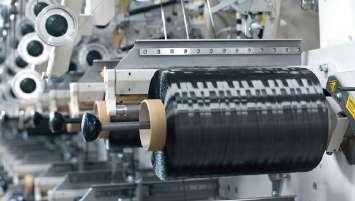VOLUME 9 | ISSUE NO. 9 | RS 100 | Pages 79 ISSN NO : 2278-8972 |RNI NO : MAHENG/2012/43707
SEPTEMBER 2021 THE DIGITAL CONVERSION
www.textilevaluechain.in Postal registration No. MNE/346/2021-23, posted at Mumbai Patrika Channel sorting office, Pantnagar, Ghatkopar( East), Mumbai - 400075 Posting date is end of month ( 29th/ 30th / 31st )





















